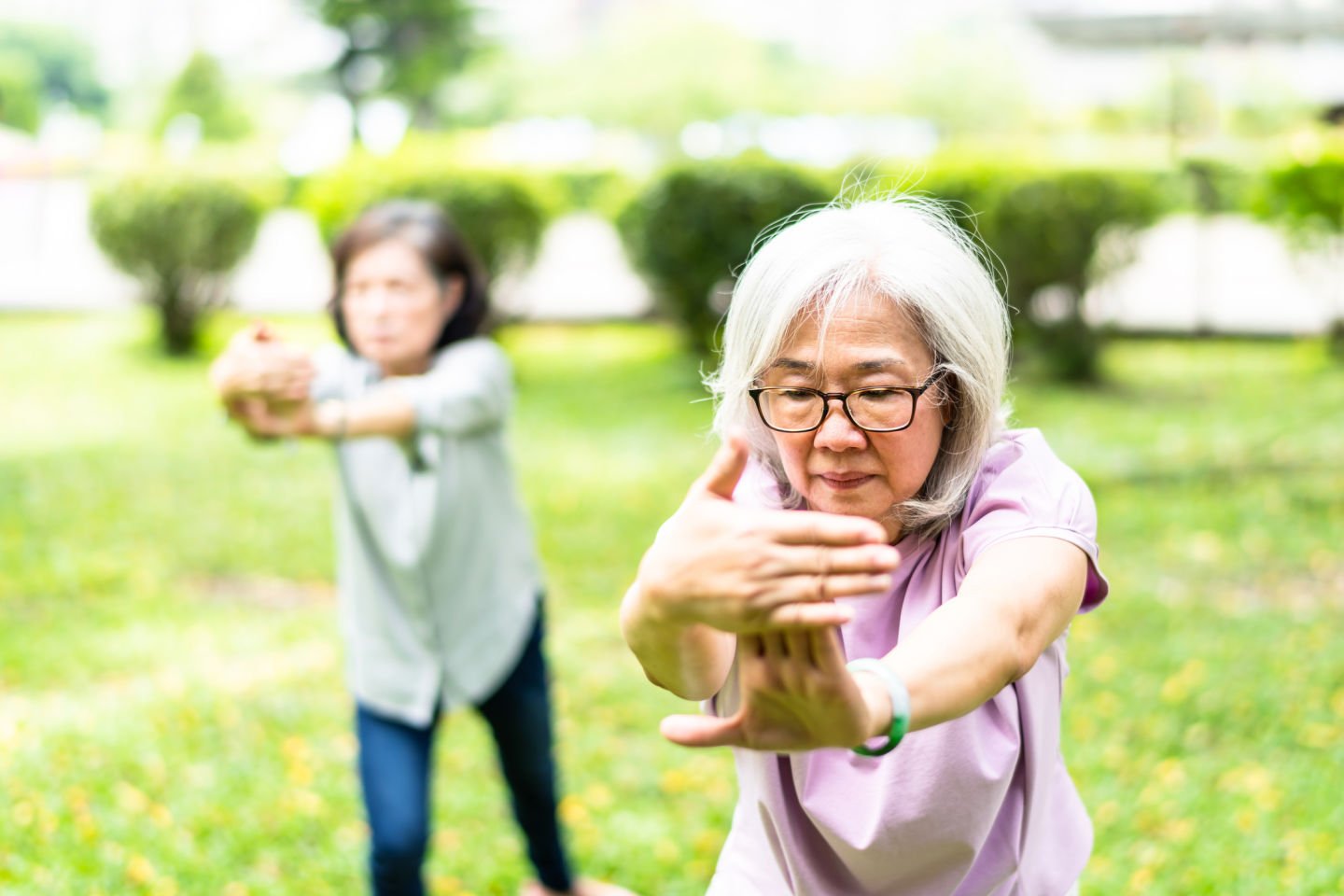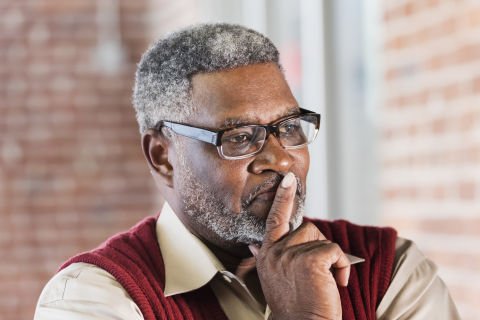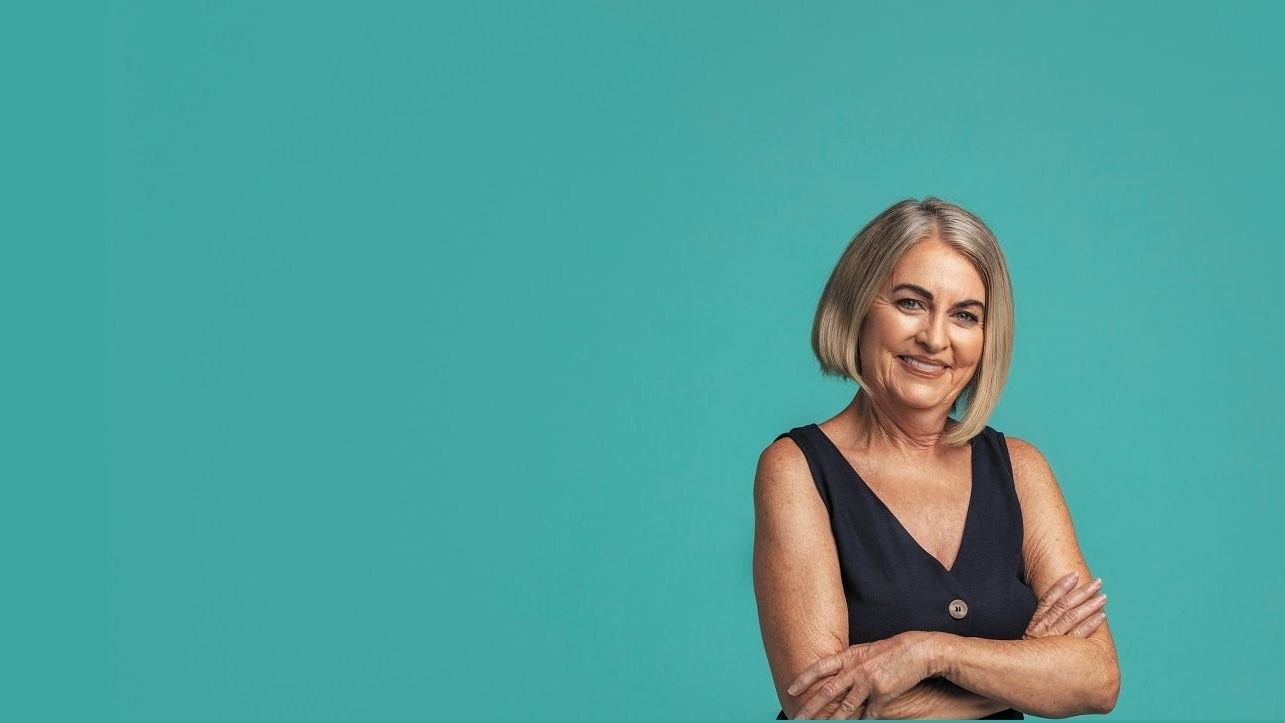Boning up on your health – your brain could depend on it
Poor bone health and dementia could be linked. But there’s a lot you can do to keep bones strong.

Key points
People aged 50 plus are susceptible to weakened bones.
Regular exercise keeps bones strong.
Bone density and dementia could be linked.
Researchers have found a link between people with low bone density and dementia. People with weak bones could be at greater risk of developing dementia than people with better bone strength.
Exercise keeps bones strong and therefore could also reduce the risk of dementia. However, not all exercise is equal. The best exercise involves putting a certain amount of impact or strain on the bones.
Exercise is also important for the size, strength and capacity of our muscles, which is essential to maintain mobility. More on that later.
The Times reports that Dutch researchers found the link after an 11-year study of 3,651 people aged on average 72. None had dementia at the start of the start of the study, but 688 went on to develop the condition.
The researchers cross-referenced cognitive tests with x-rays of bone density and discovered that a significantly higher number of those with the lowest body bone density scores had developed dementia compared to people with good bone health.
Those with the lowest bone density were 42% more likely to develop dementia than people in the highest group, which the researchers believed suggests bone density reduction might precede cognitive decline.
"Our study found that bone loss indeed already occurs before dementia and thus is linked to a higher risk of dementia,” Mohammad Arfan Ikram, from the Erasmus University Medical Centre told The Times.
There is also the suggestion that a decline in the brain- and bone-protecting hormone oestrogen also may play a role in women’s health.
Did you know?
Osteoporosis is common in Australia. Women and men can be affected, with up to 25% of cases in men. People 50 years and over are mostly at risk but osteoporosis can occur in younger people.
Healthy bones need a good diet, including calcium and Vitamin D. Dairy is one of the best calcium sources and vitamin D comes from sunshine and in supplement form.
Health Bones Australia is an informative resource of useful information and tips about boosting your bone nutrition. But as already mentioned, regular physical activity and exercise are also important in maintaining healthy bones.
Experts say there are important specific types of exercises that will build strength in people with weakened bones.
Bones become stronger with controlled extra strain but it is recommenced that exercise is supervised, especially when first beginning an exercise program.
Weight-bearing impact exercises can be done on your feet so you bear your own weight. This jolts bones rapidly and firmly.
Examples include jogging, skipping, basketball, netball, tennis, dancing, impact aerobics, and walking up and down stairs.
Muscles pulling on your bones gives them extra work to do and they respond by renewing themselves and maintaining or improving their strength.
Researchers also found that a regular program of weighted lunges, squats or jumps could lower the levels of a protein called sclerostin, which has a negative effect on bone formation.
Resistance training is also beneficial, and includes using resistance bands, hand and ankle weights and gym equipment. Under supervision, training with weights should progress in intensity over time.
For older people, balance and mobility exercises help to reduce falls which can lead to fractures.
Half of all falls occur around the home. Balance exercises include:
- Standing still exercises such as standing on one leg, standing tall and raising arms, putting one foot in front of the other and holding, and tai chi.
- Moving exercises such as walking in small circles, walking with sudden change of direction, stepping over obstacles, walking on toes, and walking with arms raised above the head.
- Dual-task exercises such as standing on one leg while throwing and catching a ball.
- Family history. Poor bone health can be hereditary. Check if anyone in your family (particularly parents or siblings) has ever been diagnosed with osteoporosis.
- Low calcium intake. Adults require 1,000mg per day (preferably through diet) increasing to 1,300mg per day for women over 50 and men over 70 years.
- Low vitamin D levels. Vitamin D is needed to absorb calcium. Lack of sun exposure can lead to low vitamin D levels. People at risk of vitamin D deficiency should get tested.
- Medical history. Conditions and medications that can affect bone health and should be tested include, broken bones, low hormone levels, coeliac disease, diabetes, certain breast cancer and prostate cancer treatments, anorexia nervosa, corticosteroids, thyroid conditions, rheumatoid arthritis, chronic liver or kidney disease, and certain epilepsy, antidepressant or HIV treatments.
Further reading: Exercise and Bone Density, Bone health questionnaire, Healthy Bones Australia, The Australian








